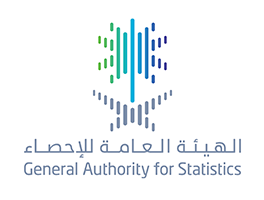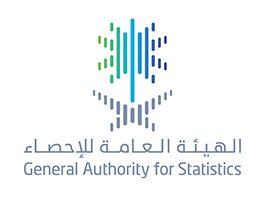
الهيئة العامة للإحصاء: ارتفاع الرقم القياسي لأسعار الجملة خلال شهر فبراير 2019م
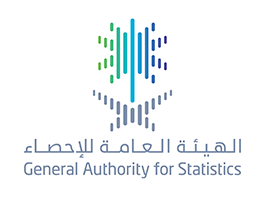
الهيئة العامة للإحصاء: انخفاض الرقم القياسي العام لأسعار المستهلك لشهر فبراير 2019م بنسبة 0.2%
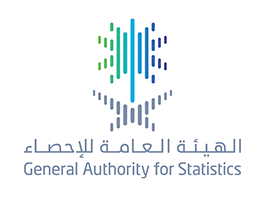
"الإحصاء" تُصدر مؤشر مساهمة المنشآت الصغيرة والمتوسطة في القطاع الخاص للربع الثالث 2018م

الهيئة العامة للإحصاء: المملكة على بُعدِ عامٍ من تعداد السعودية 2020
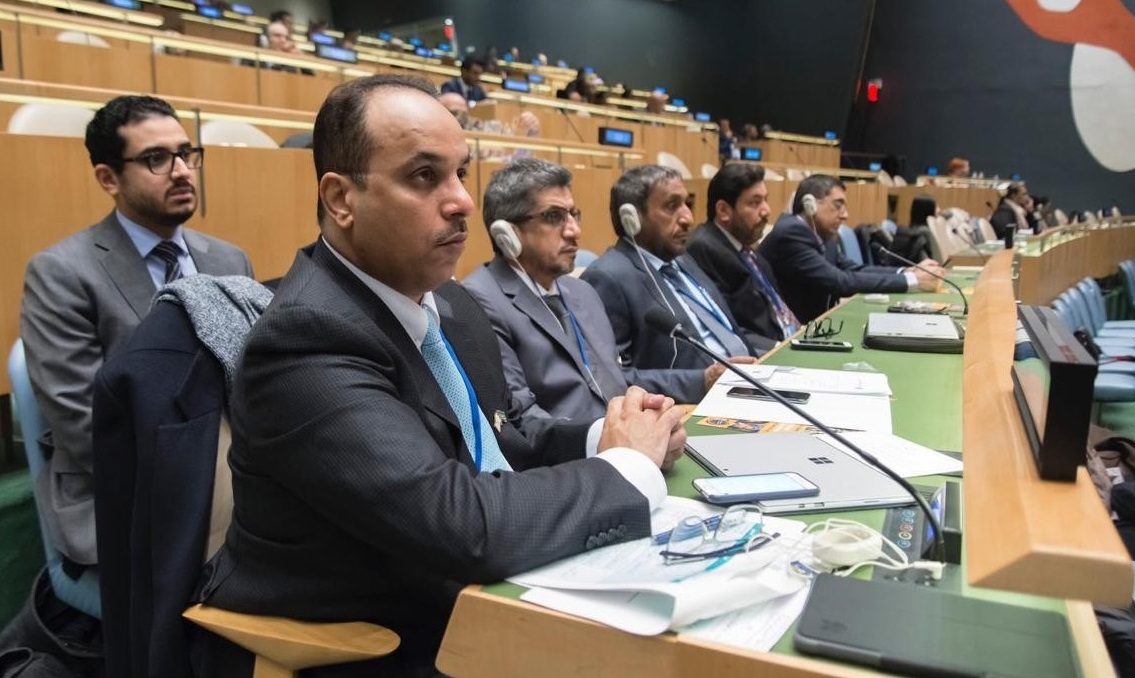
المملكة تختتم مشاركتها في أعمال الدورة الـ (50) للجنة الإحصائية للأمم المتحدة
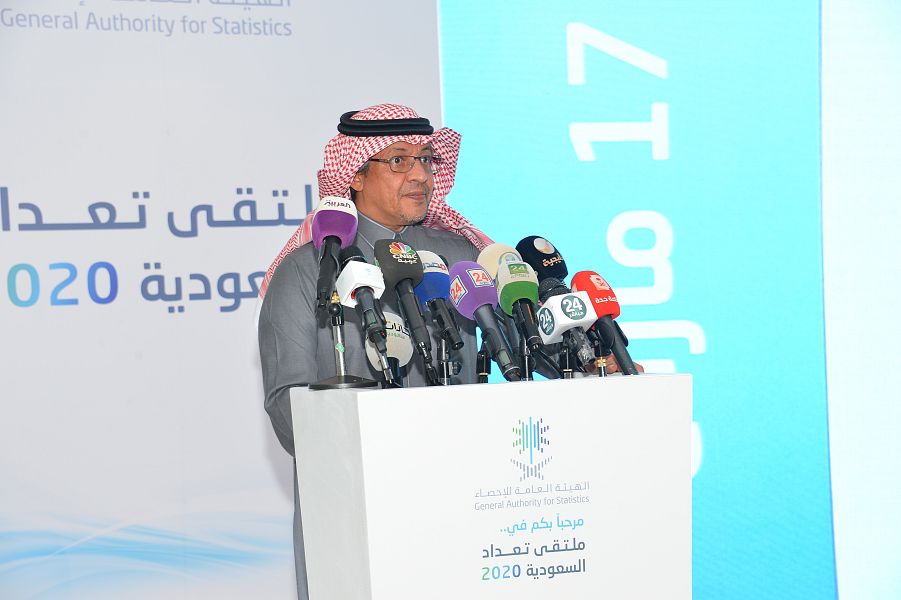
الهيئة العامة للإحصاء تعلن عن ليلة الإسناد الزمني لتعداد 2020

الهيئة العامة للإحصاء تشارك في الاجتماع الرابع لمجلس الإدارة لبرنامج المقارنات الدولية 2019م
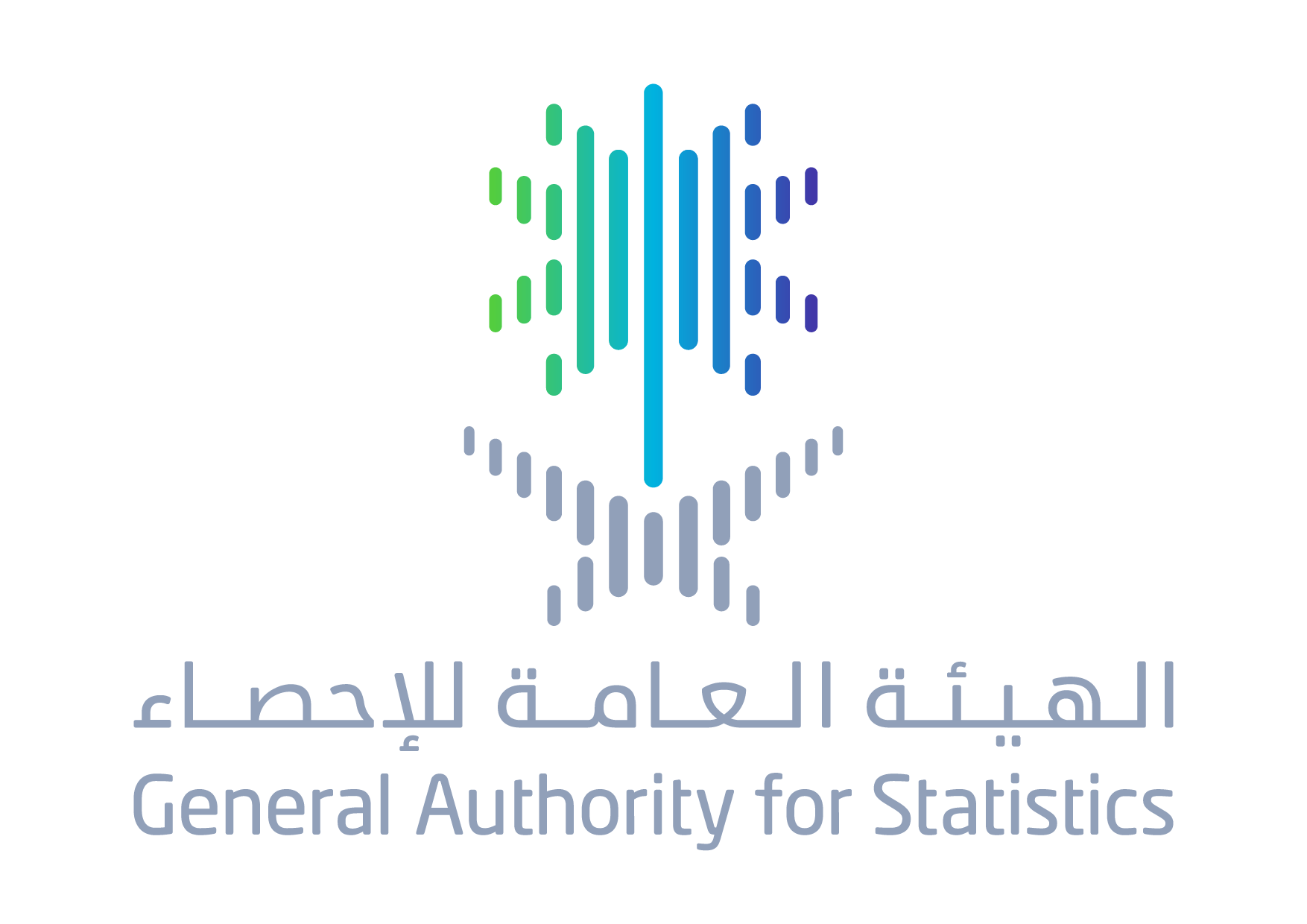
الهيئة العامة للإحصاء: (17.40%) من السكان يمارسون الرياضة لأكثر من 150 دقيقة في الأسبوع
GASTAT: Saudi Unemployment Rate Falls in Q3 of 2018
GASTAT Releases Housing Bulletin to Describe Households’ Dwellings Until the Mid of 2018
General Authority for Statistics (GASTAT) Released Real Estate Price Index Q4, 2018
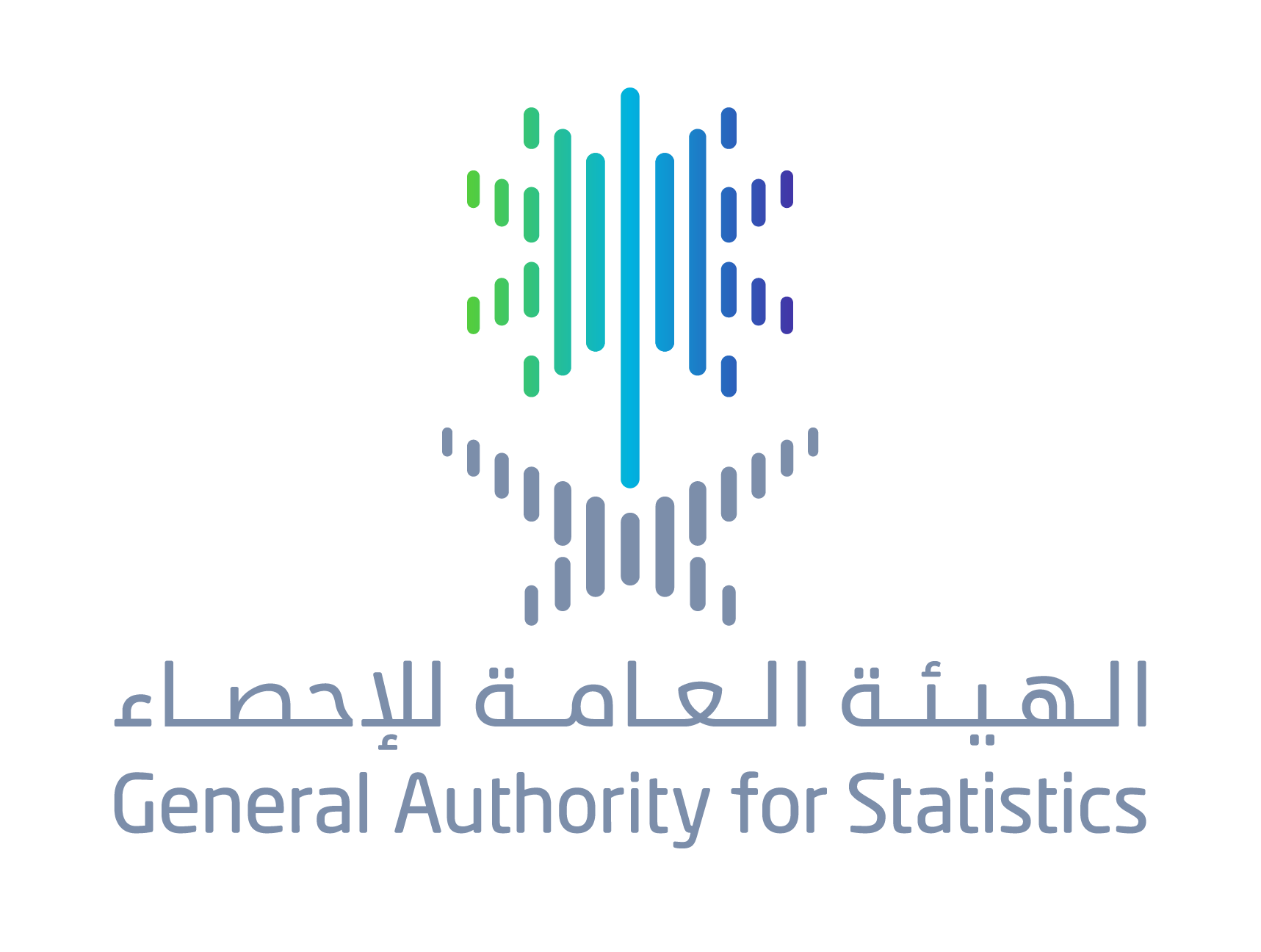
الهيئة العامة للإحصاء: استقرار الرقم القياسي لأسعار الجملة لشهر ديسمبر 2018م
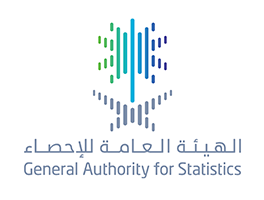
الهيئة العامة للإحصاء : انخفاض الرقم القياسي العام لأسعار المستهلك لشهــــر ديسمبر 2018م بنسبة 0.3 %
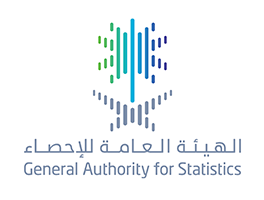
انخفاض معدل البطالة لإجمالي السكان (سعوديون وغير سعوديين) ليصل 6%، واستقرار معدل بطالة السعوديين عند (12.9%)
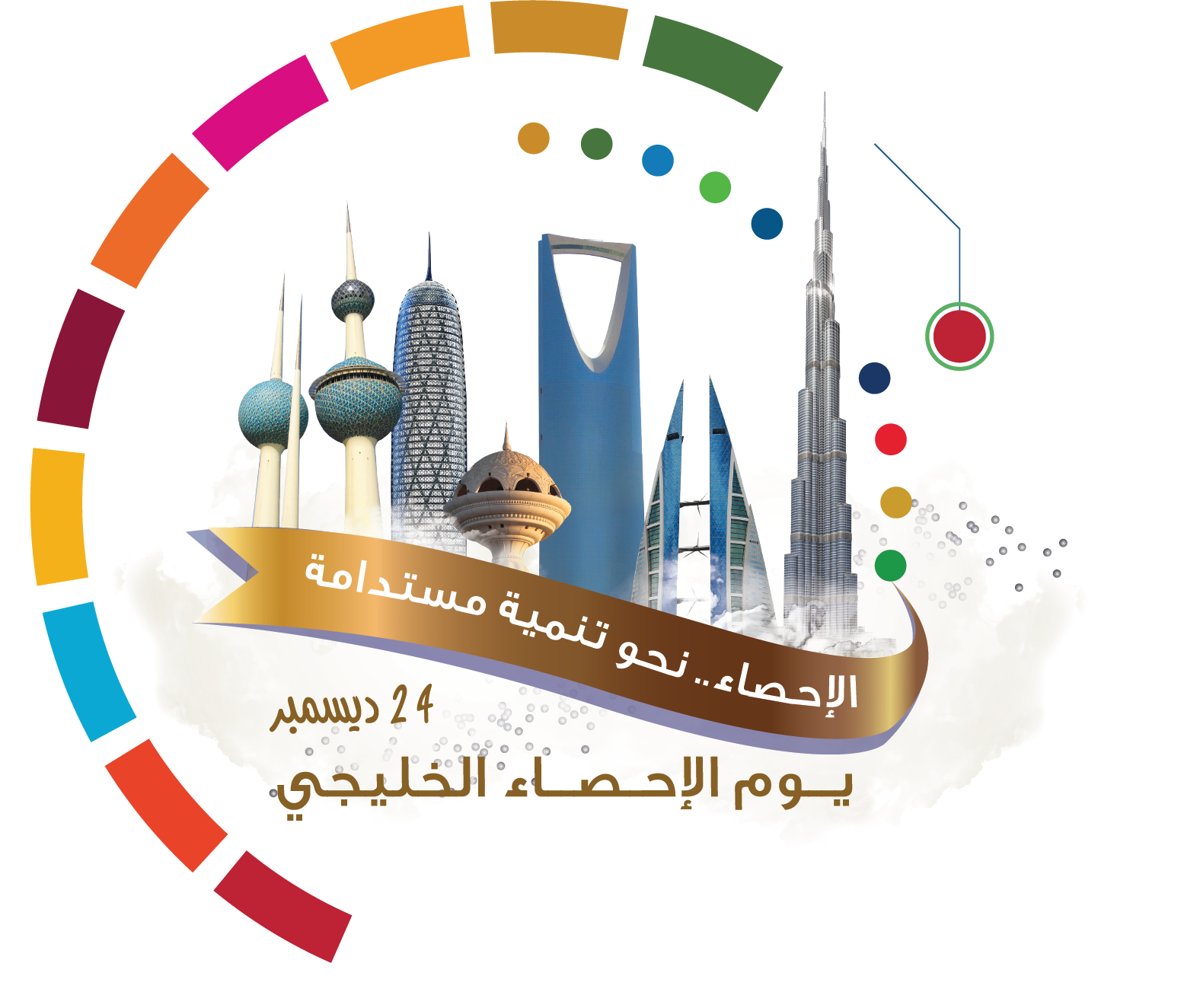
الهيئة العامة للإحصاء تصدر دليل التعريفات والمفاهيم والمصطلحات الإحصائية
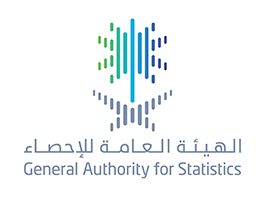
"الإحصاء" تُصدر نتائج مسح (البيئة الاقتصادية الصناعية) لعام 2017م
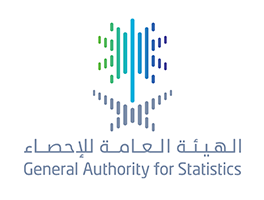
الهيئة العامة للإحصاء: خلال شهر نوفمبر 2018م: انخفاض المؤشر الشهري للرقم القياسي لأسعار المستهلك وارتفاع المؤشر السنوي.
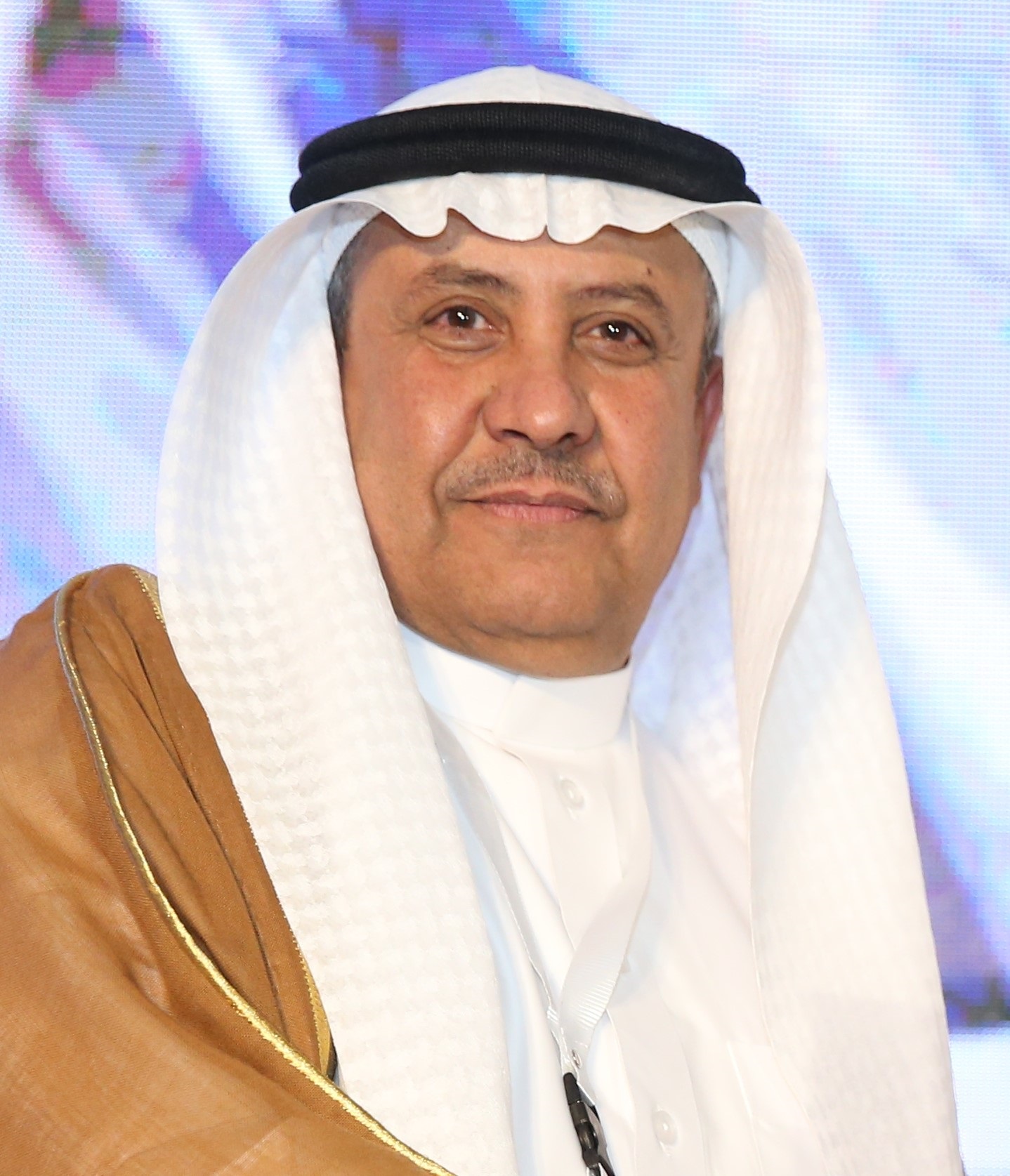
مجلس إدارة (سيسرك) يعقد اجتماعه الحادي والأربعين
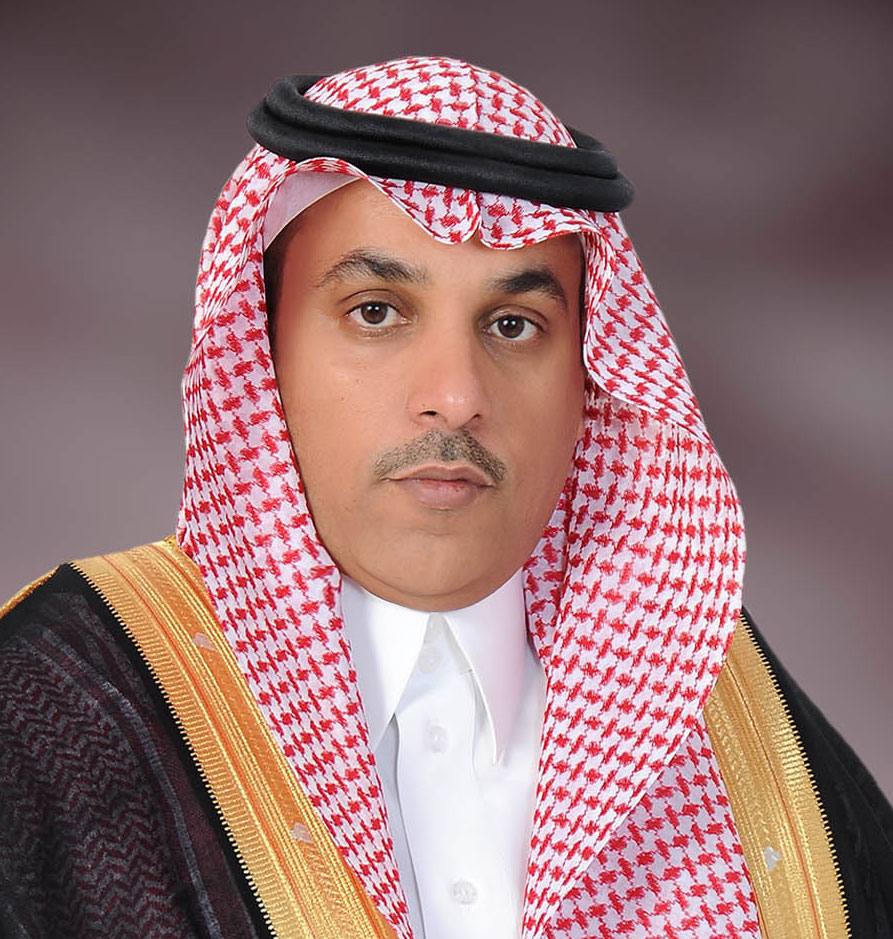
د. فهد التخيفي: الميزانية تعتمد " التخطيط المدروس " عنوانًا جديدًا للتنمية
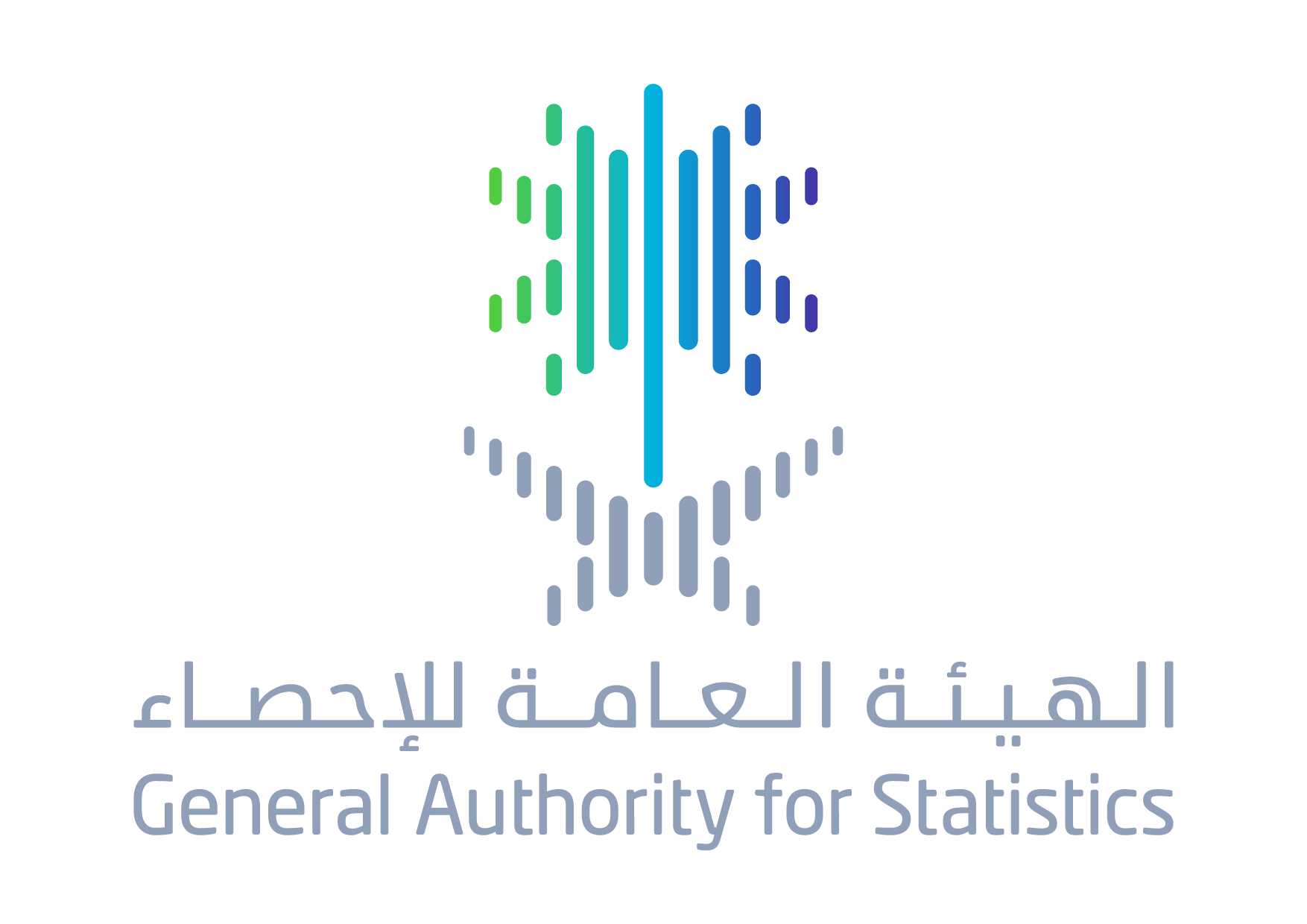
"الهيئة العامة للإحصاء " تصدر لأول مرة نتائج مسح النشاط الصناعي لعام 2017م
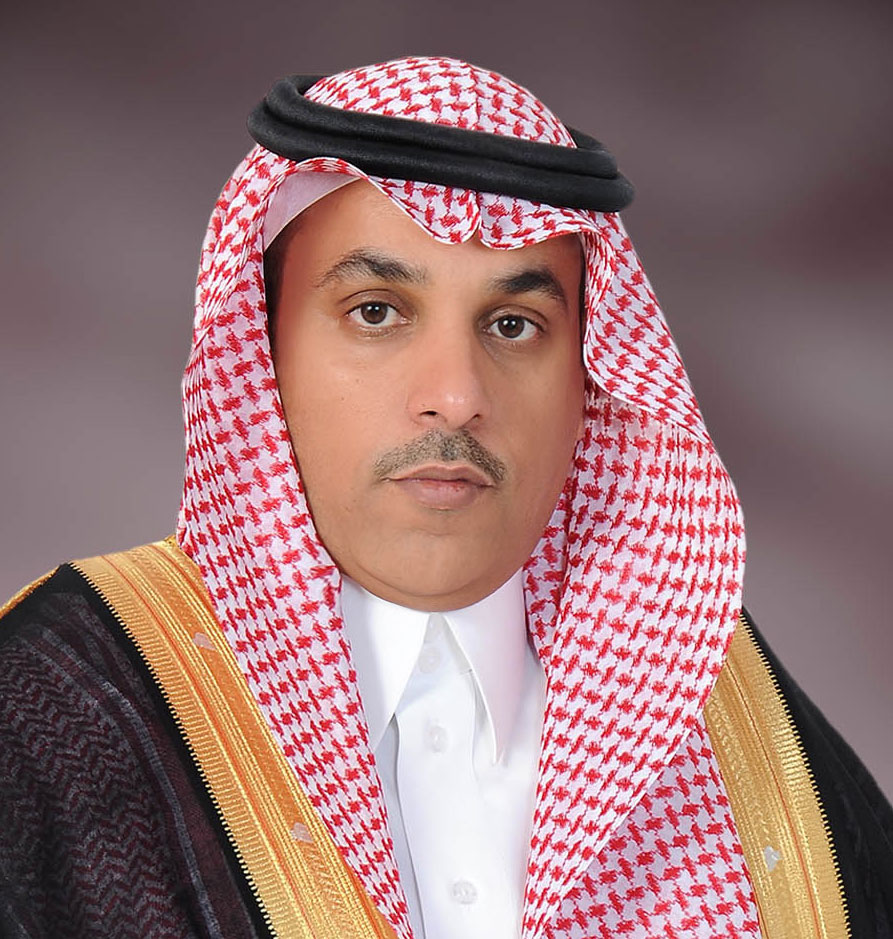
طويق وحكاية أربع سنوات في عهد "سلمان"
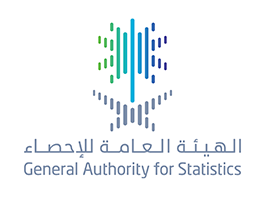
"الهيئة العامة للإحصاء " تصدر نتائج مسح الطاقة المنزلي عام 2018م
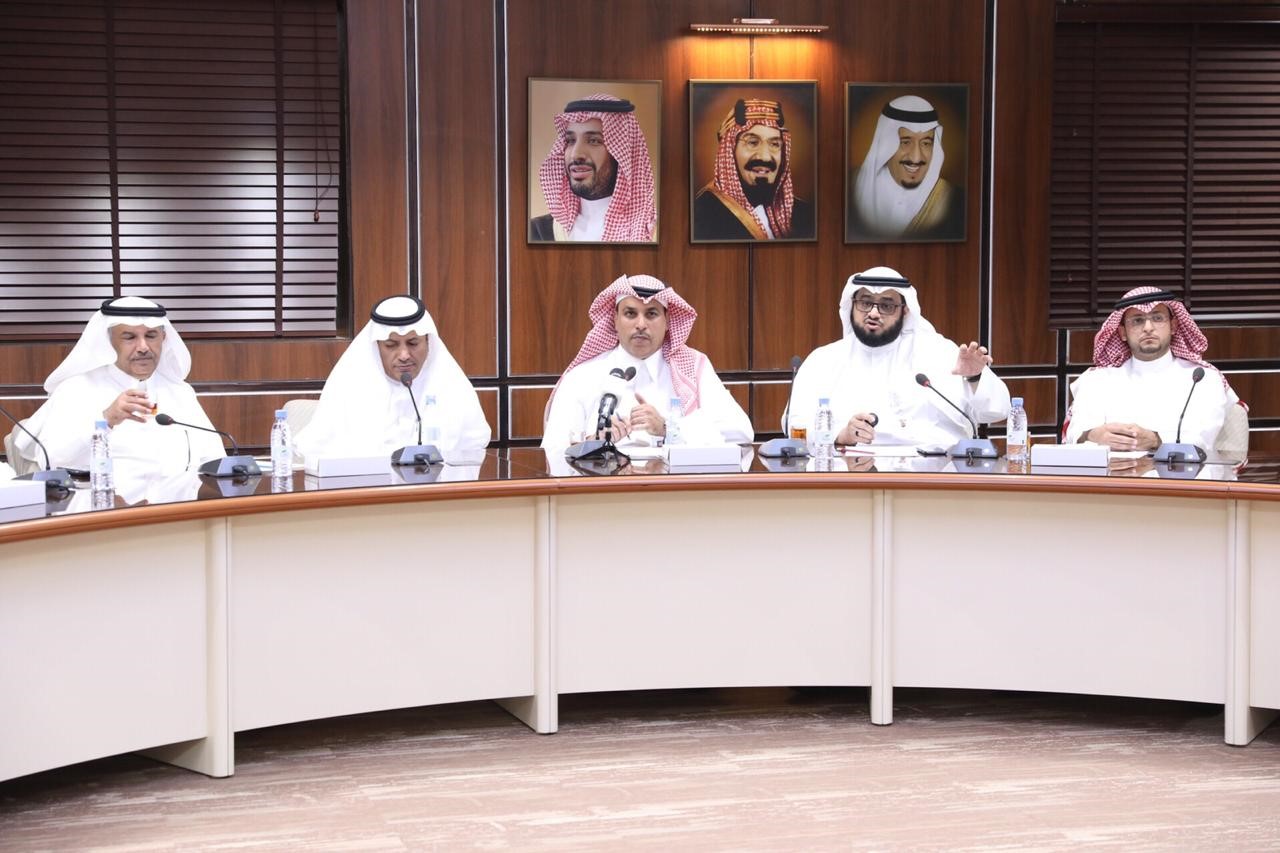
الهيئة العامة للإحصاء تختتم أسبوعها الاحصائي بمنطقة عسير
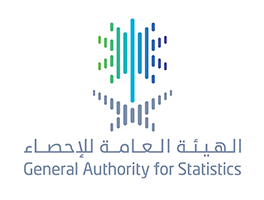
الهيئة العامة للإحصاء: انخفاض المؤشر الشهري للرقم القياسي لأسعار المستهلك خلال شهر أكتوبر 2018م وارتفاع المؤشر السنوي.
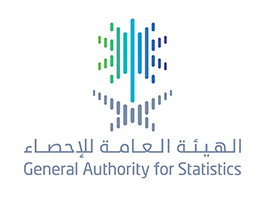
"الإحصاء" تُصدر نتائج مسح التجارة الداخلية للربع الثاني من عام 2018م
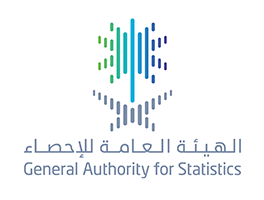
" الإحصاء ": متوسط الأجر الشهري للمشتغلين السعوديين في أربعة قطاعات : 10.238 ريال
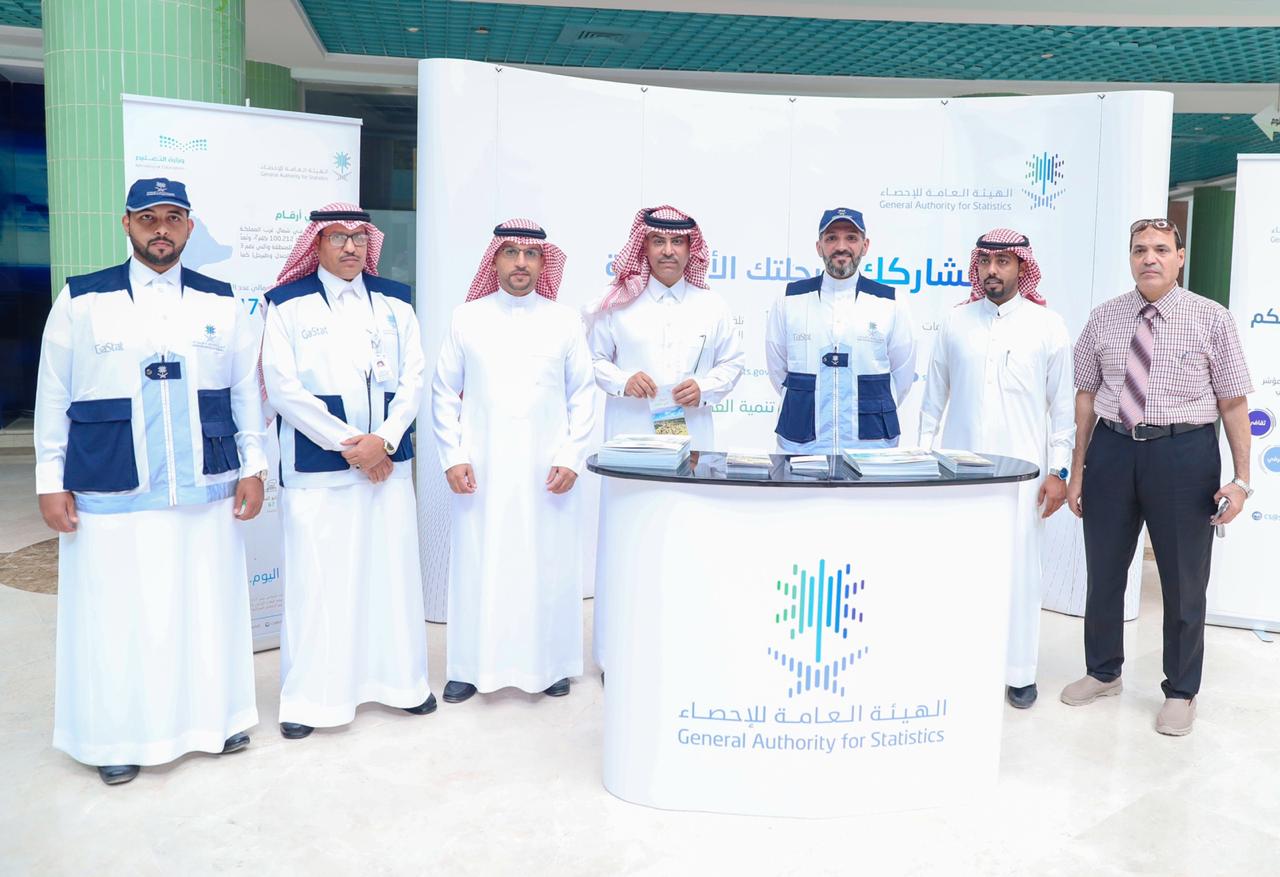
الهيئة العامة للإحصاء تطلق أسبوعها التوعوي لطلبة التعليم العام والعالي بمنطقة الجوف
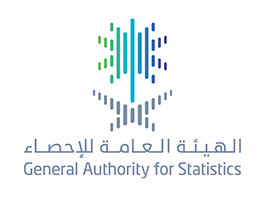
الهيئة العامة للإحصاء: ارتفاع الرقم القياسي العام للإنتاج الصناعي للربع الثاني 2018م
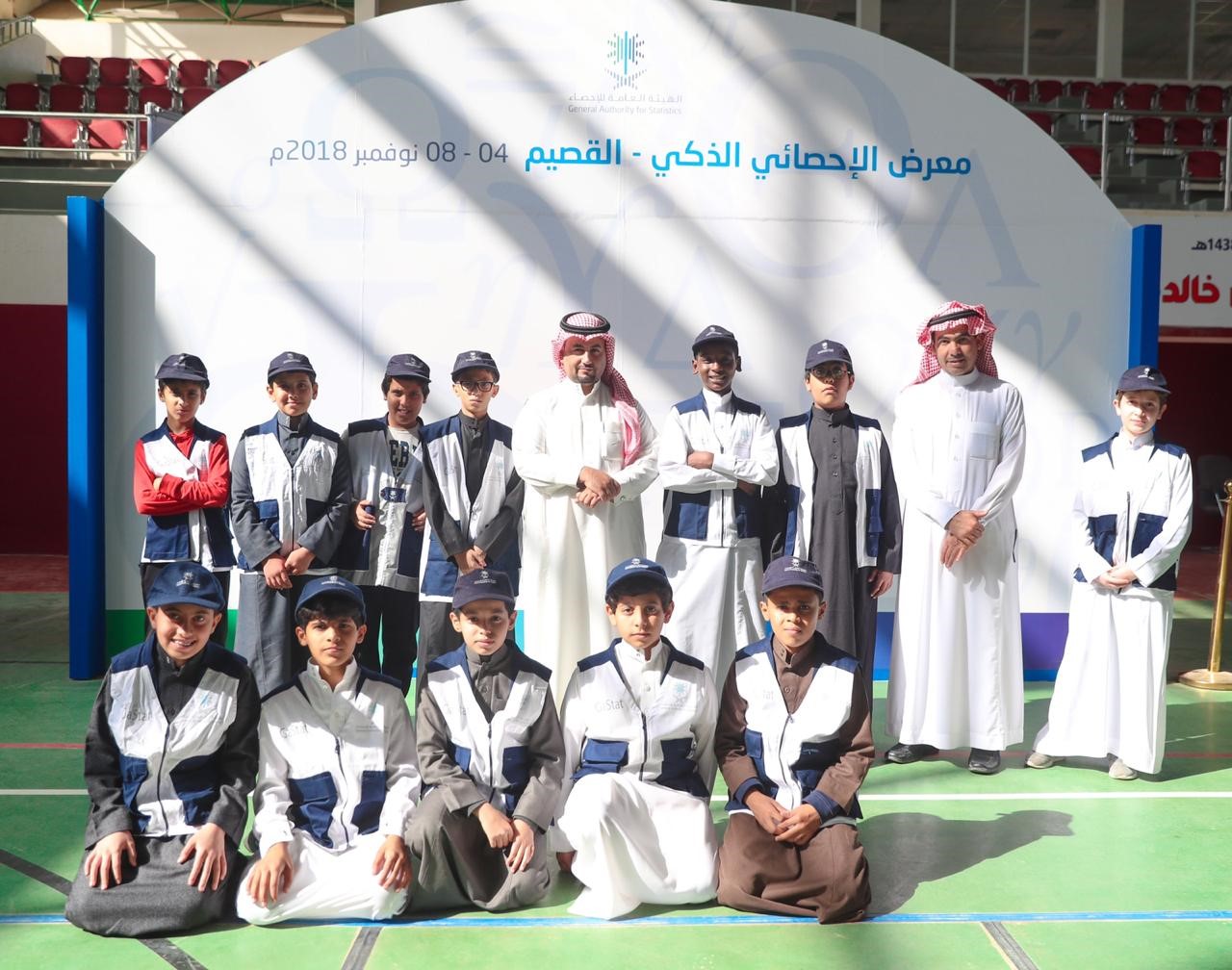
طلاب وطالبات القصيم يشاركون في معرض الإحصائي الذكي
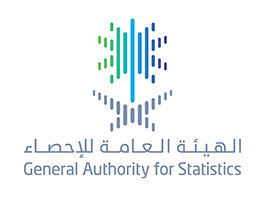
الهيئة العامة للإحصاء: ارتفاع عدد المشتغلين السعوديين في منشآت القطاع الخاص بنسبة 5.7%
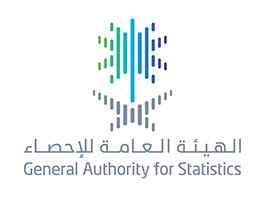
الإحصاء: ارتفاع في نصيب الفرد من الناتج المحلي الإجمالي والحساب الجاري لميزان المدفوعات ومؤشر الادخار الإجمالي للربع الثاني لعام 2018م

انعقاد الاجتماع الثالث لِلَّجنة التنسيقية الدائمة بمشاركة 17 جهة حكومية
GASTAT: Real-Estate Prices Index Decreased During Q3, 2018
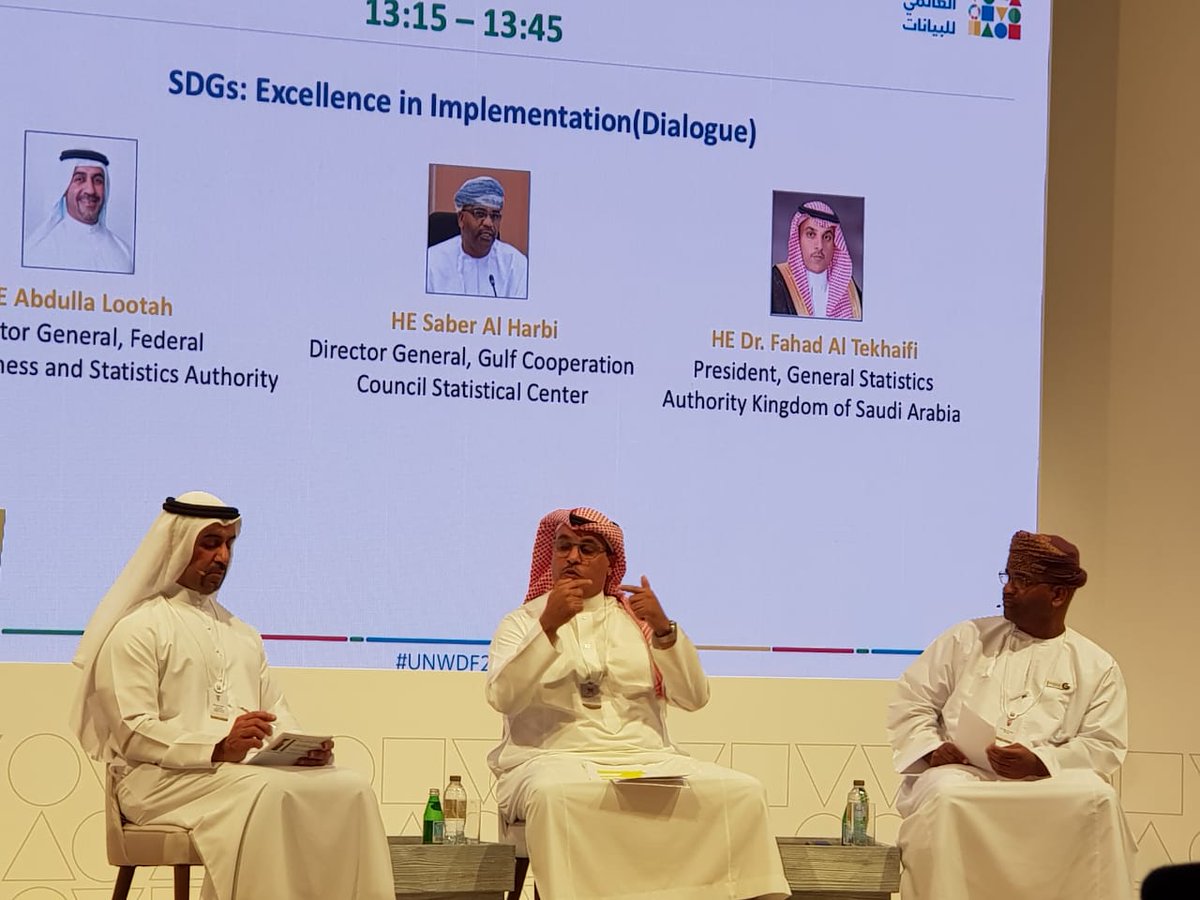
التخيفي: المملكة تسعى لتكون من أوائل الدول عالميًا في تحقيق أهداف التنمية المستدامة من خلال بناء مؤشرات إحصائية وتطوير سياسات تنموية
GASTAT: More than 278 thousand prayers,107 thousand circumambulations of the Kaaba every hour and 42 scientific study and research to support the development
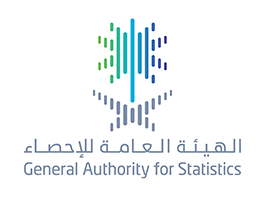
الهيئة العامة للإحصاء تصدر نتائج مسح المال والتأمين 2017م
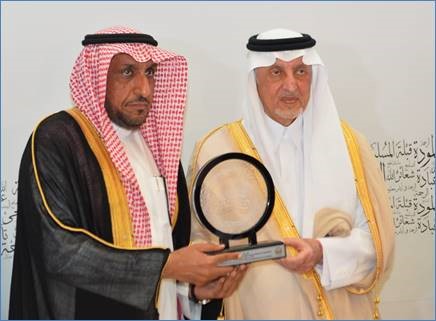
مستشار خادم الحرمين الشريفين يكرم الهيئة ضمن شركاء النجاح
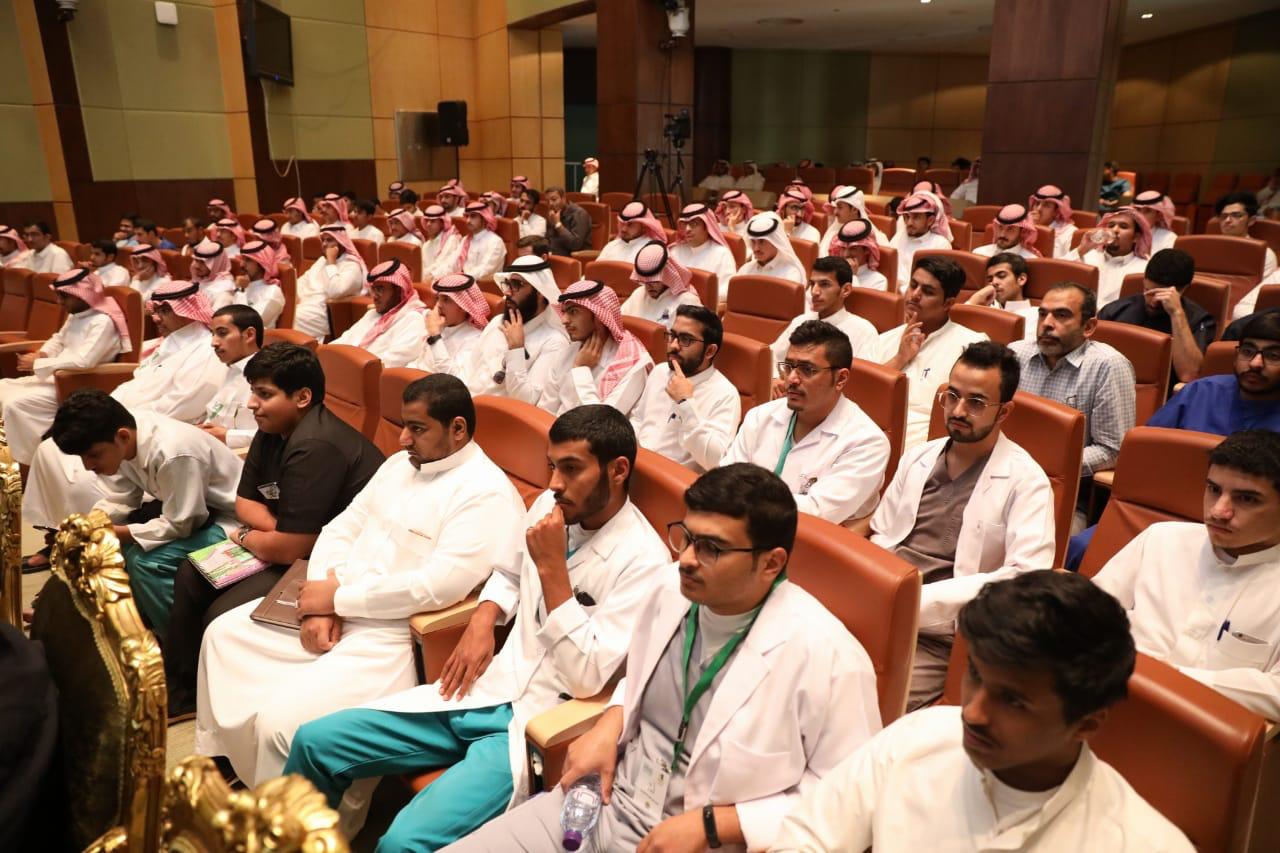
الهيئة العامة للإحصاء تختتم أسبوعها التوعوي لطلاب منطقة الجوف

الهيئة العامة للإحصاء تُجْرِي 9 مسوح ميدانية تستمر حتى مطلع ربيع الثاني1440هـ
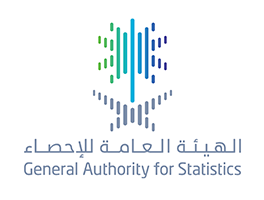
الهيئة العامة للإحصاء: ارتفاع الناتج المحلي بالأسعار الجارية 17.76٪
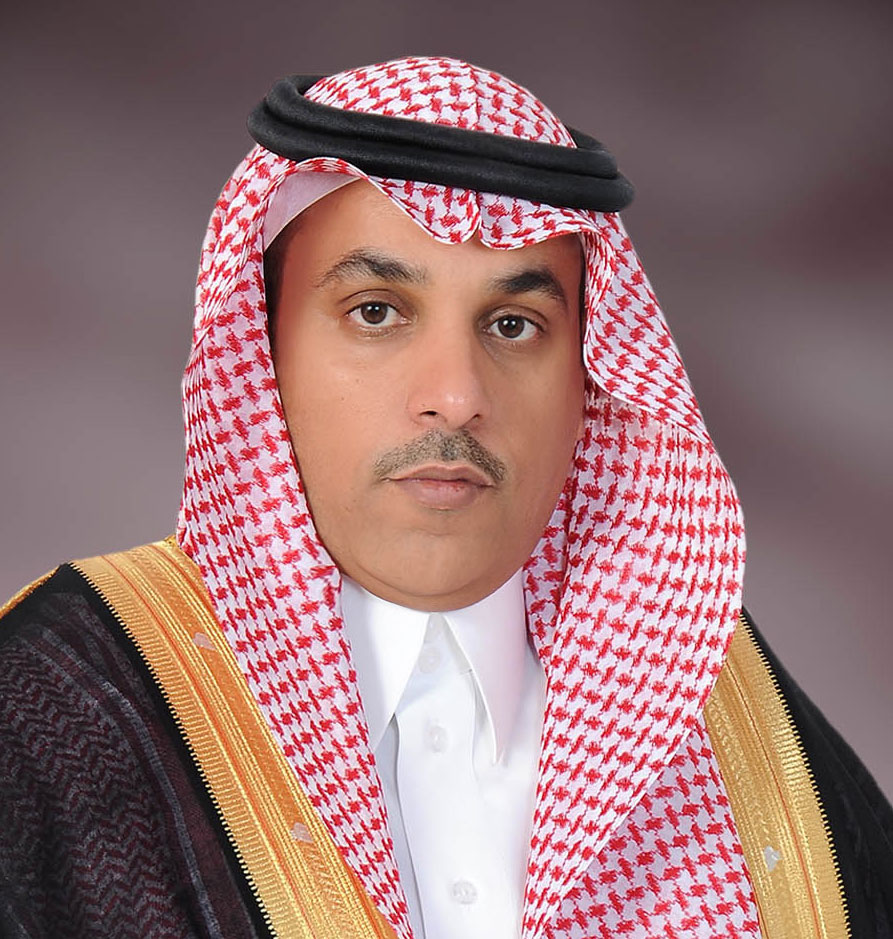
الإحصاء والتنمية .. رعاية واهتمام من عهد المؤسس وحتى زمن الرؤية

وزارة الصحة، والهيئة العامة للإحصاء، والمجلس الصحي السعودي في تشاركية حكومية لتوفير قواعد بيانات صحيَّة لدعم التنمية
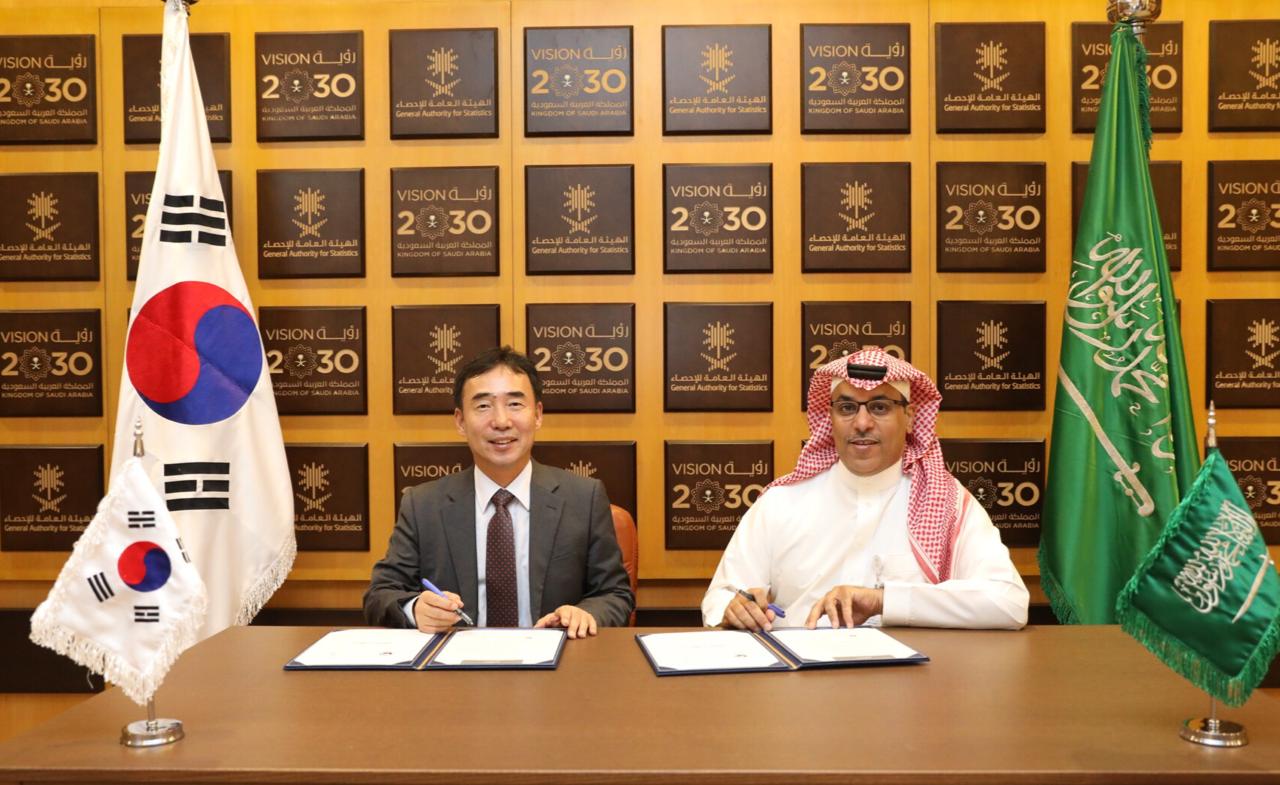
السعودية وكوريا الجنوبية توقعان اتفاقية للعمل المشترك في مجال تطوير العمل الإحصائي في البلدين
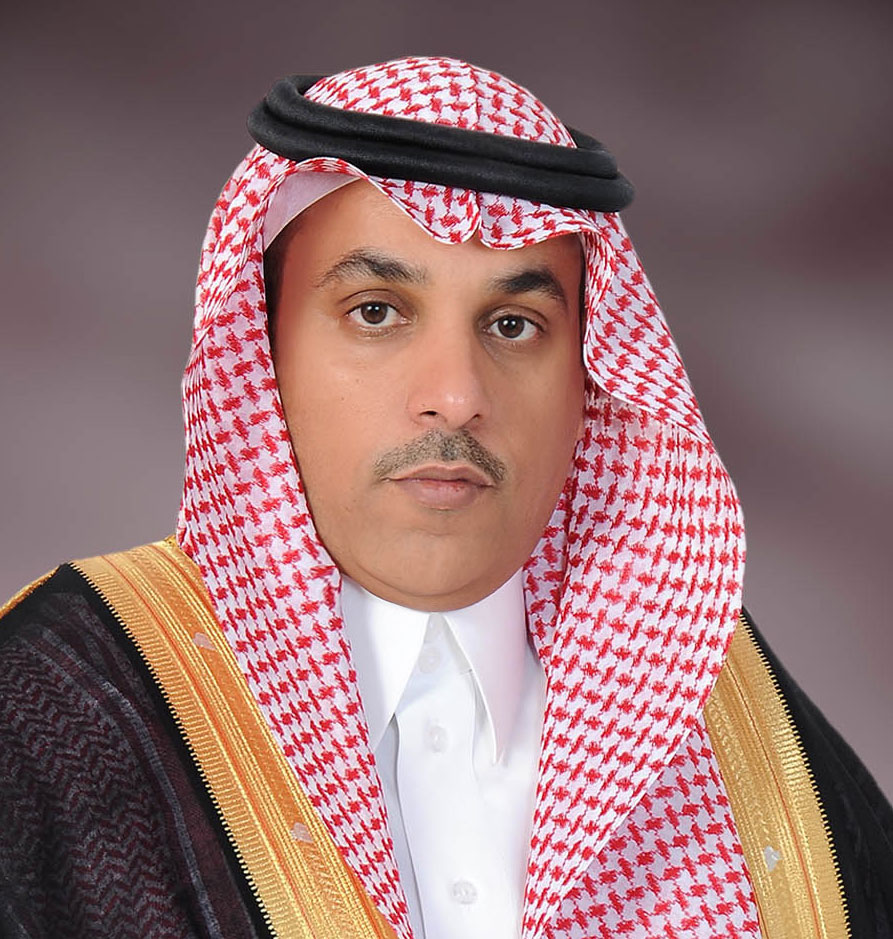
رئيس الهيئة العامة للإحصاء يهنئ القيادة على نجاح موسم حج هذا العام
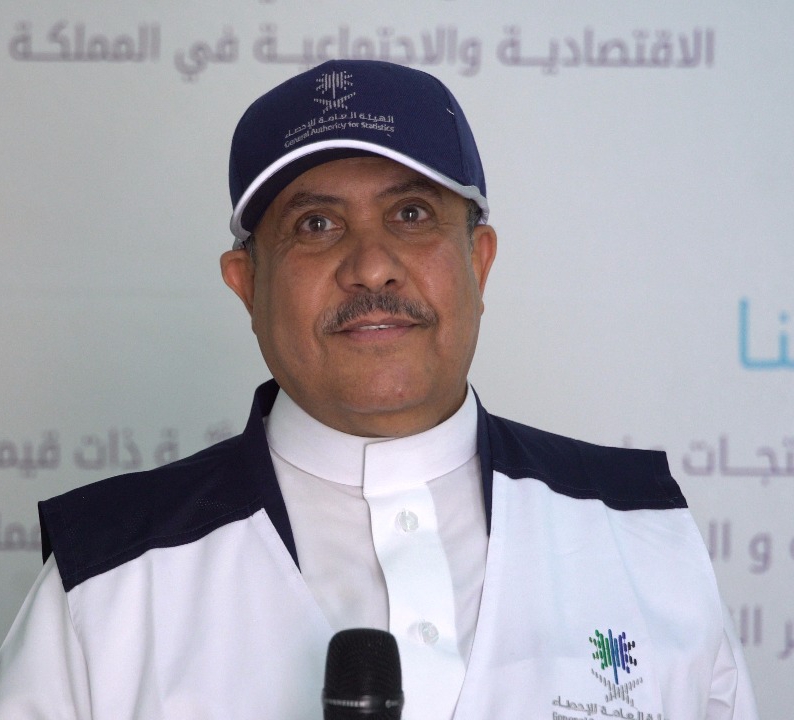
" الإحصاء ": الإعلان النهائي عن إجمالي أعداد حجاج 1439هـ بعد مغيب شمس يوم عرفة
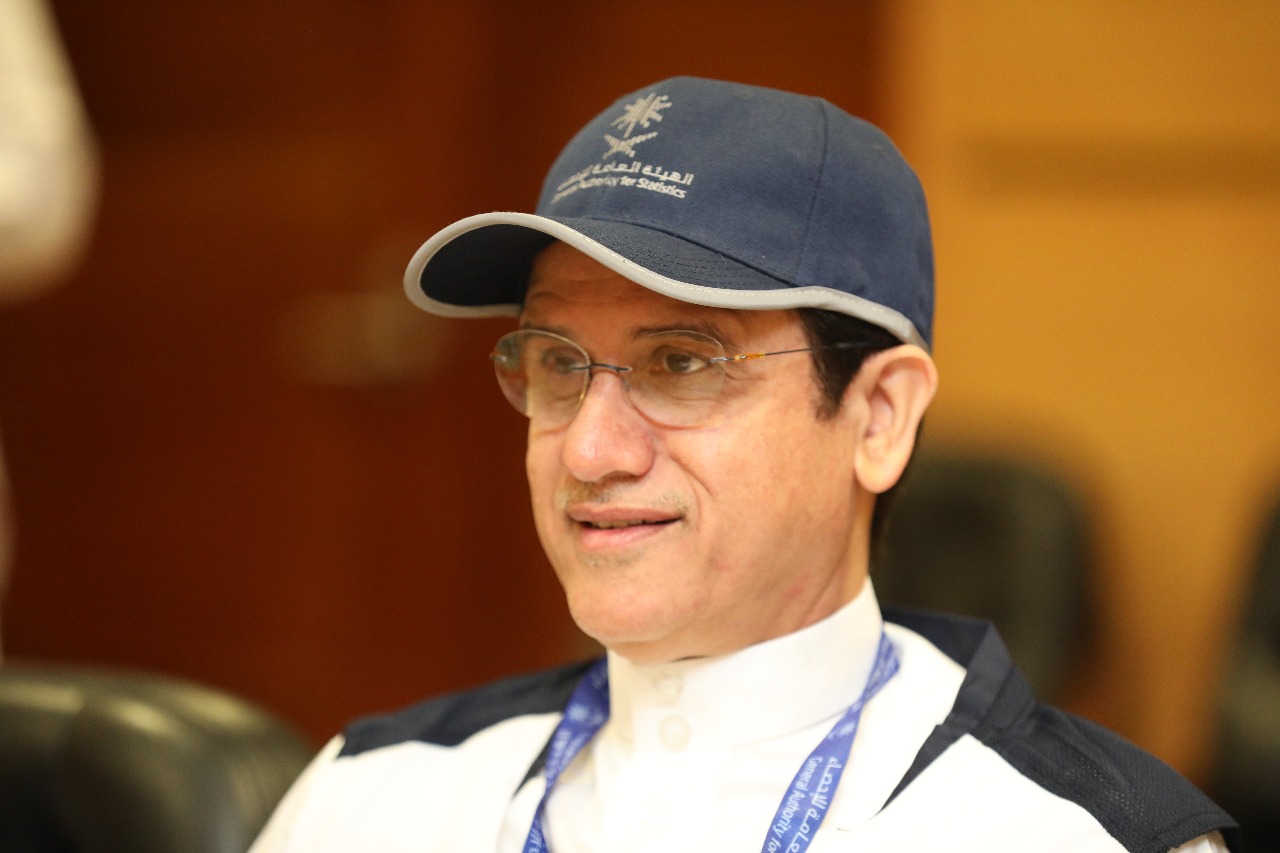
الهيئة العامة للإحصاء تعمل بمنظومة تقنية متقدمة في تنفيذ "إحصاءات الحج"

الهيئة العامة للإحصاء تُطلق "خريطة الحج الإحصائية" لنشر البيانات وتسهيل الحصول على المعلومة
GASTAT: The total number of pilgrims in 1439H Hajj season reached (2.371.675) pilgrims
‘’GASTAT’’: More Than 7.400 Employees to Provide Information and Communication Technology (ICT) Services for Hajj Season of This Year
“statistics” : More than 47.700 employees providing the services of transport, post, shipping, and supply to pilgrims
“Statistics”: More Than 32,500 Employees Provide Medical and Health Services to Pilgrims in 1439 H Hajj Season
“Statistics” Six Governmental Entities Integrate with Each Other to Provide Supervision and Follow-up Services to Guarantee the Success of 1439 H Hajj Season
With more than 7300 supervisors, and 1480 vehicles in the field “Statistics” Six Governmental Entities Integrate with Each Other to Provide Supervision and Follow-up Services to Guarantee the Success of 1439 H Hajj Season TheGeneral Authority for Statistics (GASTAT) announced today in the statistical calendar of 1439 H Hajj season published on its official website www.stats.gov.sa that the number of the workforce that provides supervision and follow-up services to pilgrims reached more than 7300 supervisors and observers, including more than 160 women. Six governmental entities provide the supervision and follow-up services; Makkah Region Emirate, Medina Emirate, Ministry of Hajj and Umrah, Ministry of Commerce and Investment, Control and Investigation Board, and Ministry of Labour and Social Development. These entities have many supervision tasks such as: general supervision on all services provided in Hajj from all government entities, coordination with different government entities, making sure that all necessary preparations related to Hajj season are available, developing necessary plans to address any faults or notices in order to prevent them in the Hajj season, follow-up and coordination of the procedures related to the projects' implementation and services provision in the sites related to Hajj and Umrah in Medina Region, Supervising the work of the office units and committees that carry out field tasks related to the matters of pilgrims and Umrah performers, Participating in the committees, studies and research related to the works of Hajj and Umrah, Verification of arrival procedures completion speed in the land, sea, and air ports, making sure that the pilgrims are heading directly to their residences in Makkah and Medina, Supervision on the performance of the entities working in the ports which are supervised by the ministry (pilgrims guide institutions, agencies unified office, General Cars Syndicate, Pilgrims buses guidance bureau) and monitoring the failure, monitoring any direct development, Supervising the operations of transferring pilgrims from the air, land and sea ports to Makkah and Medina to be safe and easy, Inspection of Pilgrims' residences in Makkah and Madinah and address deficiencies if any, Follow-up the availability of quantities of goods, basic food supply and main meals in Makkah, Medina ,Jeddah, Taif and the holy places, follow up the availability of quantities in the suppliers and traders of food supply, basic supplies, national factories and the quantities of goods associated with them imported from Jeddah Islamic Port and other ports, monitoring the inventory and follow-up its availability in sufficient quantities to meet any potential increase in demand, or the occurrence of emergencies requiring food supply with continuous supplying without obstacles, Increasing the supervision on shops to ensure the quality of food commodities offered ,their suitability for consumption and its conformity to the standard specifications, supervision of the services provided to pilgrims in the ports of entry and ports of departure by land, sea and air, Comprehensive control over the services provided in the Hajj, Participation with the committee of sites distribution and clearance of government entities in the holy places, Follow up the arrival of seasonal labor through air, land and sea ports, Follow up seasonal labor during the Hajj season and make sure of their workplaces and places of residence, Follow-up facilities with seasonal visas and the application of regulations against any violation, as well as providing social care for children and elderly in care centers. The supervision and follow-up work of the concerned governmental entities includes both office work and the field work, as the total number of vehicles assigned to these tasks in the field reached more than 1480 vehicles, including custom equipment, cars, and motorcycles equipped with more than 2320 wireless devices for direct communication. The 1439 Hajj Statistical Calendar, published by the General Authority for Statistics, contains details of these statistics, it can be accessed through the official website of the GASTAT.
“Statistics”: More than 192.200 Male and Female Employees Working Around the Clock to Serve the Pilgrims in the Field of Public Services
GASTAT starts the enumeration process for pilgrims of 1439 H
GASTAT Launches the “Statistical Calendar” for 1439H Hajj Season

بوابات مكة تستقبل الحُجَّاج بـ " الأمن " و " الإحصاء "
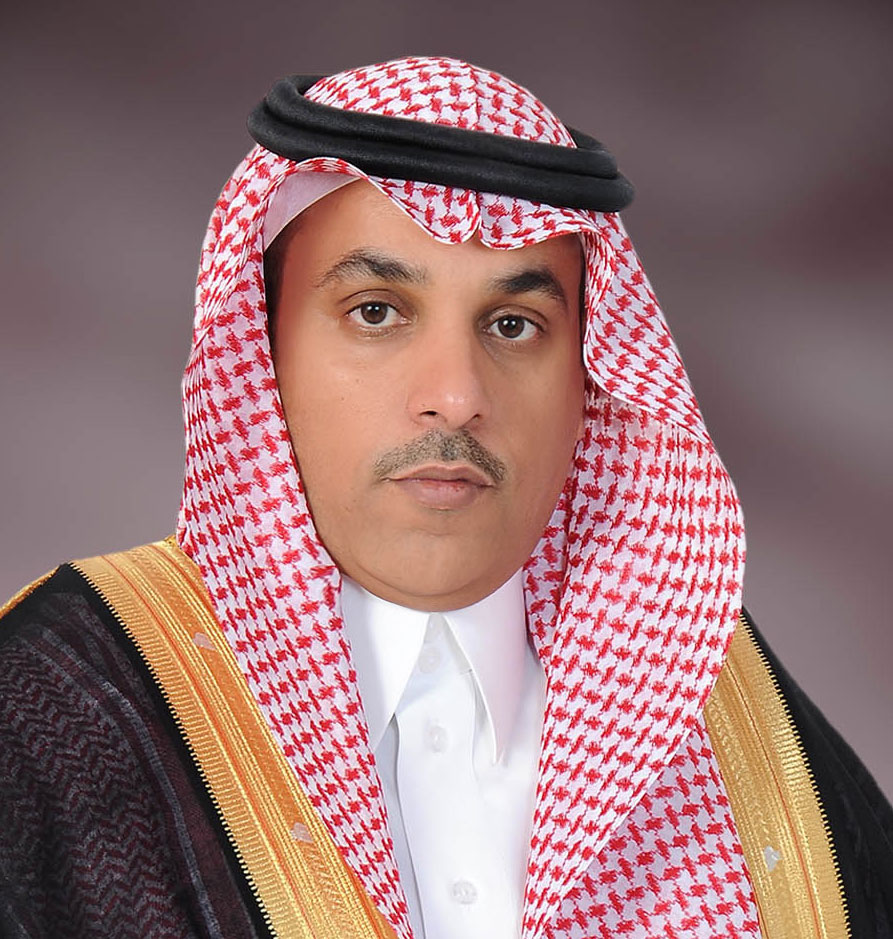
د. فهد التخيفي: المملكة قلب العالم الإسلامي وخدمة الحجاج شرف واعتزاز
Saudi Arabia was pleased to serve 54 million pilgrims during the last 25 years
The General Authority for Statistics (GASTAT) Released the Real Estate Price Index, Q2, 2018
